Everything in the world has a measurement, from the size of cells to the length of life. In this article, we will introduce the "cell life clock" that measures the length of life, telomeres.
Telomeres are highly repetitive nonsense sequences located at the ends of eukaryotic chromosomes. Telomeres shorten every time a cell divides and replicates. When they shorten to a critical point, the cell cycle arrests and goes into aging or apoptosis. It can be said that telomeres preserve the stability of the genome by constantly sacrificing themselves.
Recently, the top medical journal JAMA Internal Medicine published the largest telomere study in history.
The cohort study included 472,432 subjects aged 40-69, revealing the connection between telomere length and disease and death, providing a reference for us to scientifically measure telomere length and effectively adjust anti-aging strategies.


The study divided the subjects into four groups according to the telomere length (LTL) of peripheral blood leukocytes measured by PCR, from short to long.
In the 14-year follow-up, the subjects with longer telomere length at the beginning significantly outlived those with shorter telomere length. Compared with the longest group, the all-cause mortality rate of the subjects in the shortest telomere length group was an astonishing 76% higher!
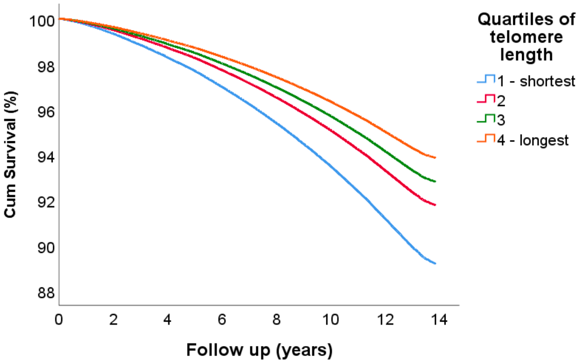
Older age, male sex, obesity, smoking, and alcohol consumption were all associated with shorter telomere length, but the associations were weak, which is consistent with the results of previous studies.
Telomere length not only determines remaining male life span, but is also related to causes of death:
Shortened telomere length is associated with increased mortality from cardiovascular disease, respiratory disease, digestive system disease (especially liver disease), musculoskeletal disease and COVID-19; but it is not associated with increased mortality from cancer and nervous system diseases, which is inconsistent with some previous research results.
Notably, extremely short telomere length has been associated with death from hematopoietic malignancies, cholangitis, rheumatoid arthritis, and drug- or biologic-induced mortality.
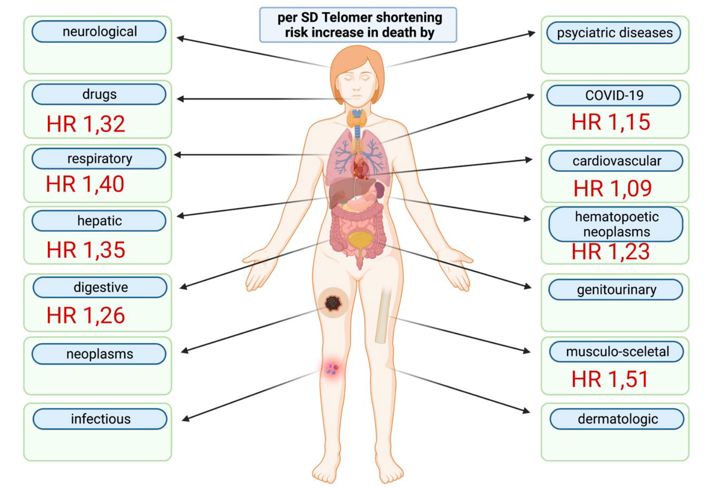

Shortening of telomere length increases the risk of some diseases, but reduces the risk of others:
Top 10 diseases with increased incidence due to telomere shortening
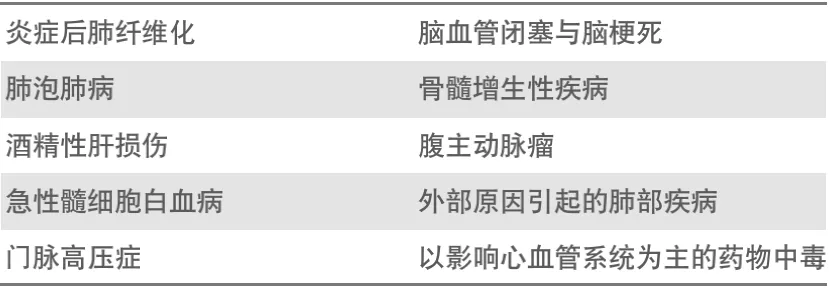
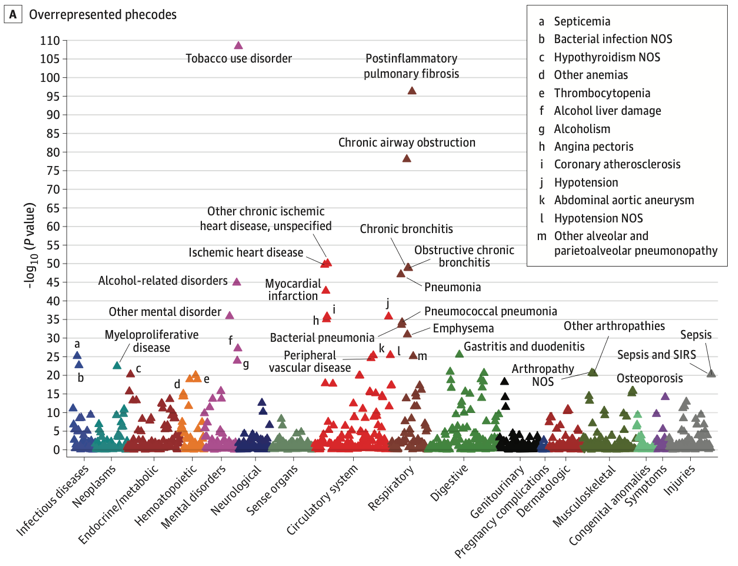
Top 10 diseases with reduced incidence due to telomere shortening

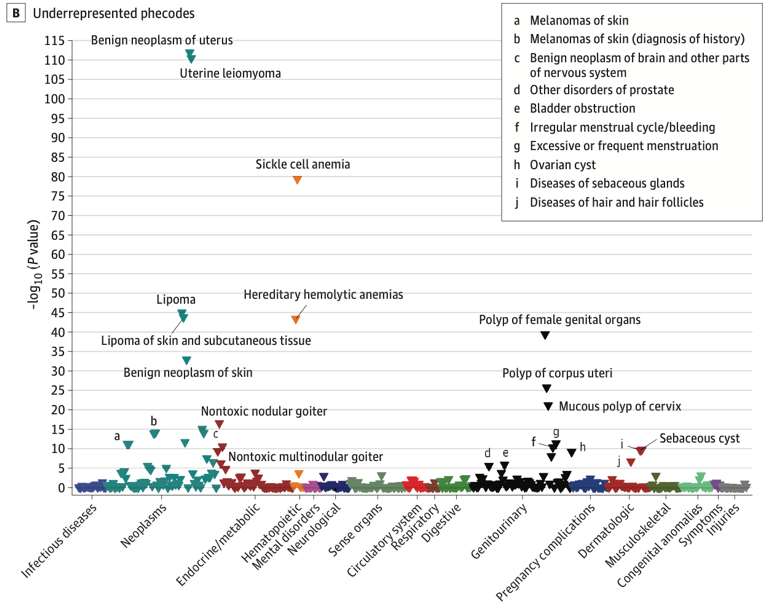
Long telomeres are associated with an increased risk of some benign tumors, possibly because telomere elongation reduces cell senescence, thereby promoting the proliferation of benign lesions.

It should be pointed out that although there is a certain correlation between telomere length and the incidence of certain diseases, this only reminds us to pay attention to the possibility of the occurrence and development of these diseases. It does not mean that by extending telomeres through certain scientific means, we can prevent or treat the above-mentioned diseases.
After clarifying this premise, let's look at this study: If you find that your telomeres are significantly shorter than those of your peers, what actions should be taken:
No.1
Quit smoking and drinking as soon as possible
Who can I love with my wounded body?
Short telomeres have been linked to an increased risk of developing and dying from tobacco-related respiratory diseases such as post-inflammatory pulmonary fibrosis and chronic obstructive pulmonary disease, as well as alcohol-related liver disease.
In addition, the incidence of malignant tumors such as nasopharyngeal cancer, oropharyngeal cancer, and laryngeal cancer, which are related to smoking and drinking, is also significantly increased in people with short telomeres.
This means that short telomeres and smoking and drinking may have a "1+1>2" effect on the onset of the disease. If the telomeres are already significantly shorter, it would be wise to quit smoking and drinking as soon as possible.

No.2
Beware of blood malignancies
"Blue Life and Death" is not beautiful
Telomeres are biomarkers of cell mitosis, and their length also carries the history of cell proliferation. In addition to reflecting the telomere length of the whole body, the length of telomeres in peripheral blood leukocytes also reflects the pressure of bone marrow proliferation.
LDL is short, and the pressure of bone marrow proliferation is high, which makes it more likely to induce blood system diseases under the "secondary attack" of the external environment. To some extent, it can also explain why blood system malignancies such as myelodysplastic syndrome prefer the elderly.
People with short telomeres need to be more alert to the risk factors of blood malignancies, such as ionizing radiation, benzene (commonly seen in petroleum, decoration materials, hair dyes, etc.)...
No.3
Discovering Inflammation and Curbing the “Prairie Fire”
Inflammation and short telomeres may be mutually causal. The vast majority of diseases that cause illness and increase the risk of death due to telomere shortening are closely related to the inflammatory mechanism.
Inflammation, especially chronic inflammation, is not far from us. Aging, obesity, long-term smoking, excessive stress, high-sugar and high-fat diet and other unhealthy lifestyle habits can lead to chronic inflammation. People with short telomeres should promptly identify factors that aggravate acute and chronic inflammation, such as infection, autoimmunity, and metabolic disorders, and treat them accordingly.
No.4
Be careful when taking medicines, don't turn them into poisons
Short telomeres significantly increase the risk of adverse drug reactions and related death. Therefore, people with shorter telomeres should be more cautious when using drugs with obvious adverse reactions and actively cooperate with doctors to carry out monitoring of adverse drug reactions, especially cardiovascular toxic drugs.